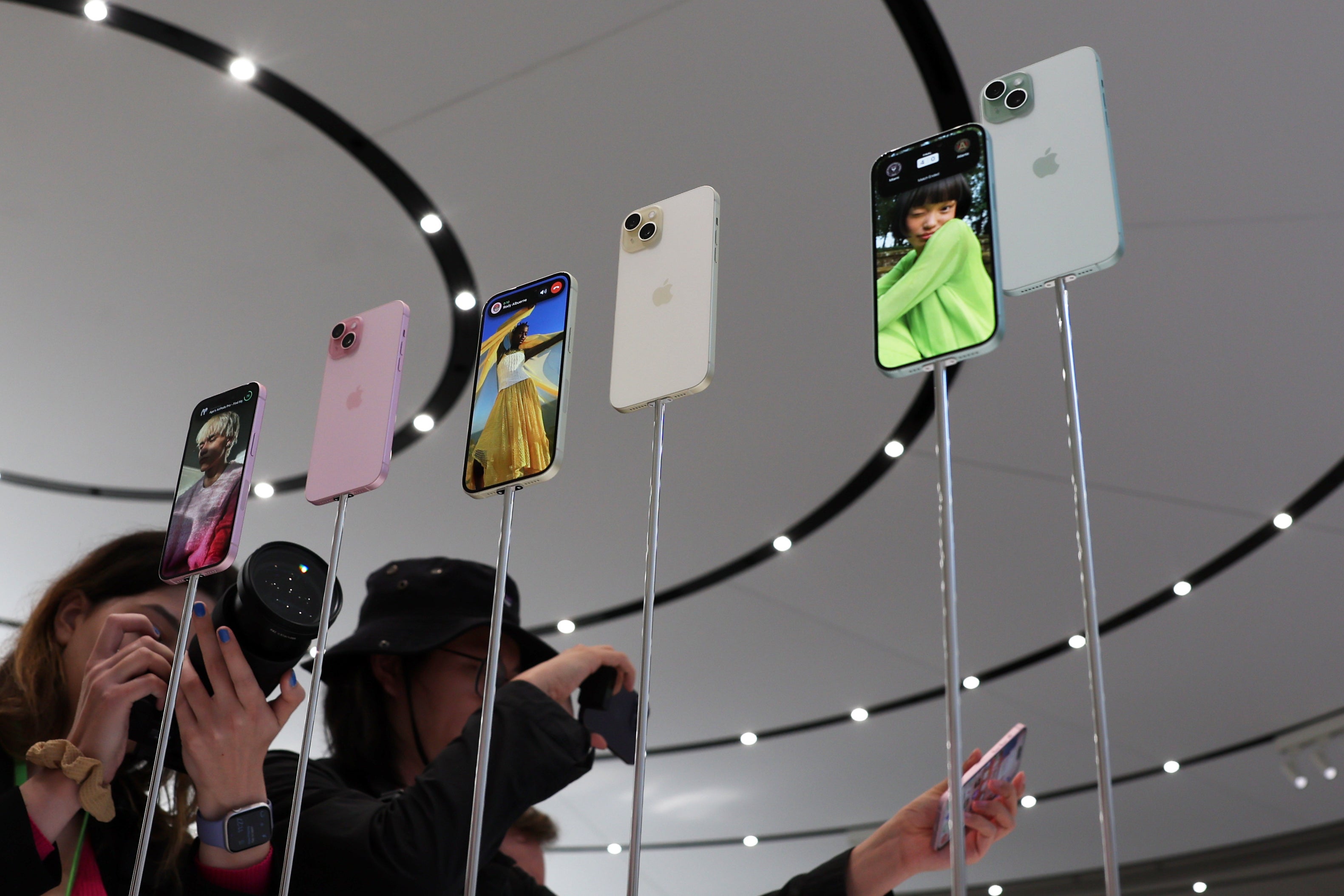Apple releases new Safari feature to hide ‘distracting’ parts of the web
Tool is intended to stop pop-ups and other content that covers websites

Your support helps us to tell the story
From reproductive rights to climate change to Big Tech, The Independent is on the ground when the story is developing. Whether it's investigating the financials of Elon Musk's pro-Trump PAC or producing our latest documentary, 'The A Word', which shines a light on the American women fighting for reproductive rights, we know how important it is to parse out the facts from the messaging.
At such a critical moment in US history, we need reporters on the ground. Your donation allows us to keep sending journalists to speak to both sides of the story.
The Independent is trusted by Americans across the entire political spectrum. And unlike many other quality news outlets, we choose not to lock Americans out of our reporting and analysis with paywalls. We believe quality journalism should be available to everyone, paid for by those who can afford it.
Your support makes all the difference.Apple is adding a new feature intended to hide the “distracting” parts of websites.
The feature, called “Distraction Control”, allows people to hide the content that covers up web pages as they move around the internet.
It is aimed at removing the email sign-up pages that often show up on websites, for instance, and can also be used on the cookie and GDPR pop-ups that are now required across much of the web. If users block one of those important pop-ups before they choose their settings, it will be as if they have just dismissed the pop-up, Apple said.
The new feature will be available on the Mac, iPhone and iPad later this year.
It will appear in the bar at the top or bottom of the browser, where users can click to turn it on. They will then be able to pick the distracting content they do not want to see, and have it removed – and it will stay removed when they navigate back to the website.
It relies on tools that Apple has built to identify those parts of websites and allow them to be switched off.
The feature will not hide ads or other areas that often change their content. Users will be warned about that when they turn the feature on.
The hidden elements can also be brought back by clicking on the icon in the search field and selecting the “Show Hidden Items” button.
The feature will be in macOS Sequoia and iOS 18 when they are released to the public later this year. But they have just been added to the new developer betas of those updates, meaning that those in Apple’s scheme can use them now.
It is one of a range of changes that will come to Safari with those updates. They also include a new highlights tool that shows relevant information from websites, and a new Reader mode that uses artificial intelligence to summarise web pages.
The tool is just the latest feature that Apple has built to minimise the effect of some marketing tactics, such as stopping newsletter senders from knowing whether a message has been sent and allowing users to select an “ask app not to track” setting that will stop apps from being able to know a device’s unique identifier and follow it between apps.
Some of those changes have proven controversial. That latter feature – known as App Tracking Transparency – led to a high-profile fallout with companies including Facebook.
Join our commenting forum
Join thought-provoking conversations, follow other Independent readers and see their replies
Comments